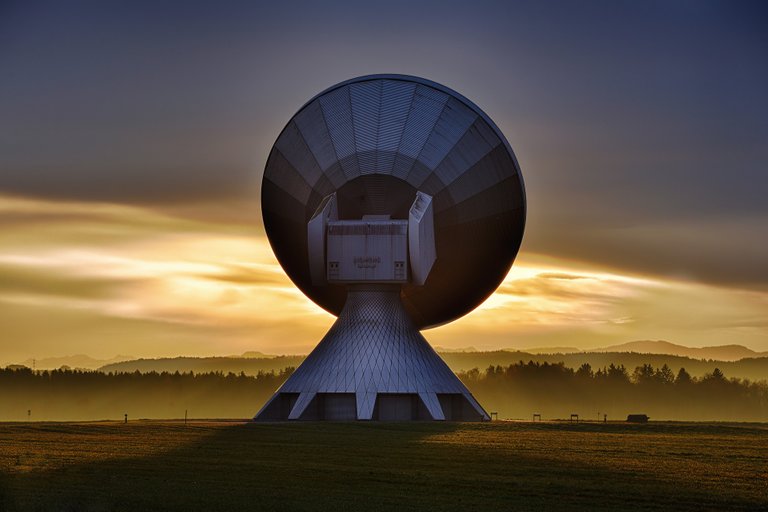Revolutionary Quantum Sensor Covers The Full Radio-Wave Spectrum
Military specialists developed an extremely sensitive sensor of radio signals that uses the amazing Rydberg's Atoms. Such sensors could be very small and get great use in military operations.

Image by Michael Misof from Pixabay
- Be also sure to check out my other posts and follow me @kralizec and subscribe to my Youtube channel at Kralizec Gaming Youtube Channel
Military Experts At Work
American military developers decided to fish a bit in the realm of quantum mechanics. And they got a great catch with a quantum sensor that is in many ways quite revolutionary. It gives the possibility to detect communication signals in the whole spectrum of radio waves – 0 to 100 GHz. With a traditional system that uses a single antenna, this would not be possible. You would need multiple antennas, amplifiers, and other necessary components.
Back in 2018, experts of the U.S. Army developed a quantum receiver that uses highly excited and sensitive Rydberg's Atoms to detect communication signals. These are atoms in which one or more electrons have a high principal quantum number. The higher the number the higher the potential energy of the electron making is less bonded to the atomic core. This results in such an atom being much larger than usual.
David Meyer from the Army Research Laboratory that is part of the U.S. Army Combat Capabilities Development Command and his colleagues calculated the range of the quantum receiver's channels and then the verified it in laboratory experiments. The results showed that their system in orders better than previous similar projects.
Another benefit is that these new sensors can be very small and practically undetectable. They could bring a huge benefit for electronic combat that is a common part of planning and preparations for possible future military operations. Sensors based on Rydberg's Atoms appeared only recently and they need to be counted for in electronic applications.
Meyer's team analyzed the sensitivity of Rydberg's sensor to oscillating electronic fields in a stunning range of frequencies – from 0 Hz to 12 GHz. Their results show that a sensor that utilizes Rydberg's atoms can easily detect signals across the full range of this spectrum. At the same time, it is better than similar systems with different technologies such as electro-optic crystal or passive electronics with dipole antennas.
The researchers used quantum mechanics to exactly estimate the calibration and power of the new sensor. At the same time, they found out that each of the sensors works identically. This is important to practical field use. The research is part of the U.S. Army's effort to modernize its computer and communication networks. Scientists will study the sensor further, improve its sensitivity, and extend its detection protocols to handle even the most complicated of signals.
Sources:
- https://www.army.mil/article/233809/army_scientists_create_innovative_quantum_sensor
- https://iopscience.iop.org/article/10.1088/1361-6455/ab6051
- If you like the content I’m producing about science maybe you will like the content I produce about gaming as well! Be sure to check out my other posts!
This is fascinating and I wonder if something like this has been implemented in US Air Force ISR assets to detect and intercept enemy low probability intercept communication. Who knows what VLO drones like the RQ-180 have in their bag of tricks.
Very cool article and i look forward to more from you. Following your blog from now on.
Glad you like the content.